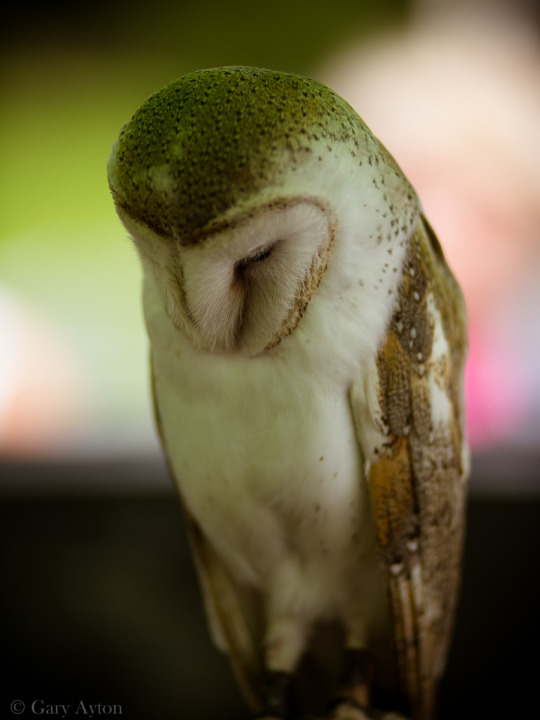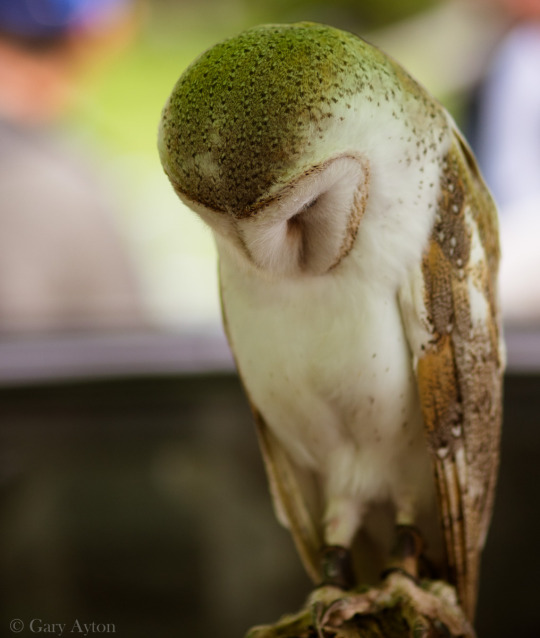The Zhongyi Lens Turbo focal reducer is a special type of lens adapter which contains glass elements to give a 0.72x reduction in focal length AND f/ratio, and in so doing lets in 1 stop more light in exposure terms, gives a wider field of view and purportedly even gives more sharpness as it is compressing the image.
There are two main manufacturers of 0.72x focal reducers – Zhongyi and Metabones.
The Zhongyi Canon EOS to Micro Four Thirds adapter which I purchased on Ebay from the manufacturer for around $AU159 is much less expensive than the $600 Metabones version as it does not have the electronic coupling, and hence, unlike the Metabones version does not allow aperture control, nor does it allow the camera to add the lens focal length and aperture to the EXIF data.
Note that the original version I adapter for Sony NEX had major optical design issues and this was corrected in version II for these cameras. This version I adapter for Micro Four Thirds cameras is the same optics as version II for Sony as I understand it and currently there is NOT a version II for Micro Four Thirds.

The lack of coupling potentially has one benefit – you can be sure what focal length setting is being used for the camera’s image stabiliser algorithm – I am not sure if the Metabones adapters are telling the camera the actual lens focal length or the adjusted focal length – I suspect from EXIF I have seen on Sony adapters that it is the former, although I understand Metabones is producing a firmware update soon.
Nevertheless, the main reason I want to use such an adapter is to use wide aperture lenses at wide open aperture to gain even more shallow depth of field than is possible without it.
For instance, when combined with the Canon EF 135mm f/2.0L lens, the 0.72x factor converts the lens to 100mm f/1.4 (this will thus give the same field of view and depth of field as a 200mm f/2.8 on a full frame camera).
So not only do we get an effective 200mm f/2.8 lens in full frame terms, but when used on an OM-D camera such as an E-M5, E-M1 or E-M10 we also get:
- awesome image stabilisation (just dial in the adjusted lens focal length)
- awesome manual focus assistance controls including:
- large, high quality EVF image
- focus peaking
- image stabilised magnified view +/- addition of focus peaking
But how well does this work?
For a more extensive range of lens tests I have published using this Lens Turbo adapter, please see my tumblr lens test blog: http://lenstest.tumblr.com/search/Zhongyi+Lens+Turbo
Let’s look at some of the shots with the Canon 135mm f/2.0L lens wide open, hand held:
And for comparison, here is the same owl taken with an Olympus 75mm f/1.8 lens which has been cropped a touch to get to roughly the same field of view, and which gives more depth of field and less background blurring:
Well I am VERY happy with the results indeed!
Now let’s try with the cheap but lovely, Rokinon Samyang 85mm f/1.4 lens – with the adapter we get 60mm f/1.0 which equates to 120mm f/2.0 in full frame terms, and we get manual aperture control thanks to the aperture ring on the lens.
Now I have found that as could be predicted perhaps, lenses with f/1.4 apertures, especially when combined with this adapter are quite subject to internal lens flaring and ghosting when shooting into bright light sources or very exposed areas of subjects. This can be used to effect, or minimised by avoiding these circumstances.
and for comparison, similar scene with the Olympus 75mm f/1.8:
But it is NOT perfect!
Crops of a shot into the sun with the 85mm lens showing the ghosting (uncropped version here):
and for comparison, similar crop with the Olympus 75mm f/1.8 lens (uncropped version here):
There are a few minor optical issues which mainly are only visible on star images such as increased vignetting, and weird star shapes away from the centre.
Most problematic though is that whilst it appears to focus to infinity with all my Canon EOS lenses, it DOES NOT FOCUS TO INFINITY when used with lenses attached via a secondary adapter such as my Nikon mounted Rokinon, and my Olympus OM lenses.
This suggests that the adapter was made a few millimetres too thick, and there must be just enough leeway in the Canon lenses which presumably can focus past infinity so it is not an issue with these lenses but does become an issue with other lenses.
This is not a deal breaker as this really only affects astrophotography uses and it is not great for that anyway, the vast majority of my shots are within 10m and so focus at this range is not an issue.
Note that using any filters on the lens will make the flaring and ghosting MUCH worse – so either get multicoated filters or don’t use one with this combination – although you may have trouble with over-exposure in bright sunlit conditions using an f/1.4 lens without a ND or polarising filter, even if you set ISO to 100 and use shutter of 1/8000th sec.
For me, it was money well spent and it will be a fun addition to my Micro Four Thirds versatility.
More information on focal reducers on my wiki here.


















